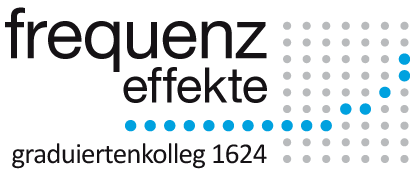Laura Terassa (verteidigt)
Morphological simplification in Asian Englishes: Frequency, substratum transfer, and institutionalization
| Erstbetreuer | Prof. Dr. Dr. h. c. Christian Mair |
| Zweitbetreuer | Prof. Dr. Dr. h.c. Bernd Kortmann |
| Abstract | Simplification is a well-described phenomenon in studies of language change and contact in general (e.g. Kusters 2000) and in World Englishes in particular (e.g. Kortmann & Szmrecsanyi 2009; Ansaldo 2010). Systematic attempts to investigate the role frequency effects play for simplification in contact varieties of English are rare though. The project takes a usage-based perspective (e.g. Bybee 2006) and examines chances and limitations frequency-based explanations provide for simplification on the morphosyntactic level in Asian contact varieties of English. Language data from the International Corpus of English (ICE) and from the Corpus of Global Web-Based English (GloWbE) are used to help answer questions such as the following: Are frequent tokens more likely to be simplified than less frequent tokens? Why is it the case that productive patterns of high type frequency such as {-ed} affixation are reduced, but at the same time they serve as the target structure when it comes to developments such as the regularization of irregular verb paradigms? And what role does context play? The overall aim of the project is to contribute to an understanding of how everyday language use influences language development and change. |
| Disziplin | Anglistik |
| Sprachen | English |
| Forschungsrichtung | simplification, language change, World Englishes |


